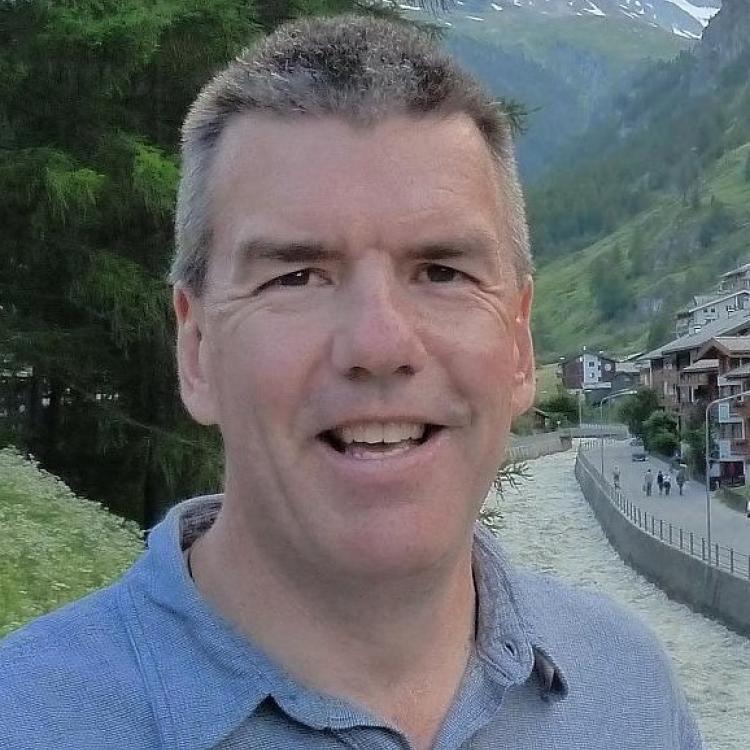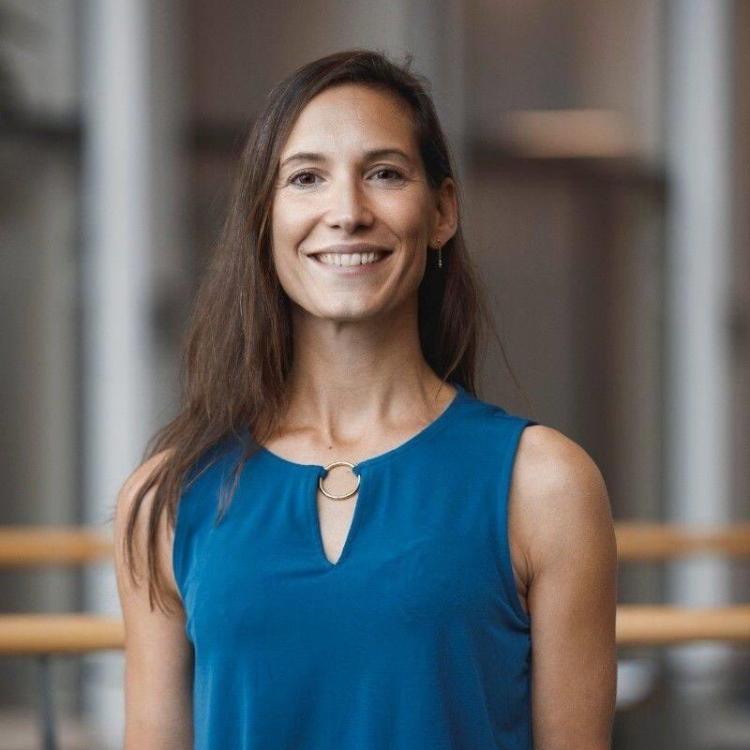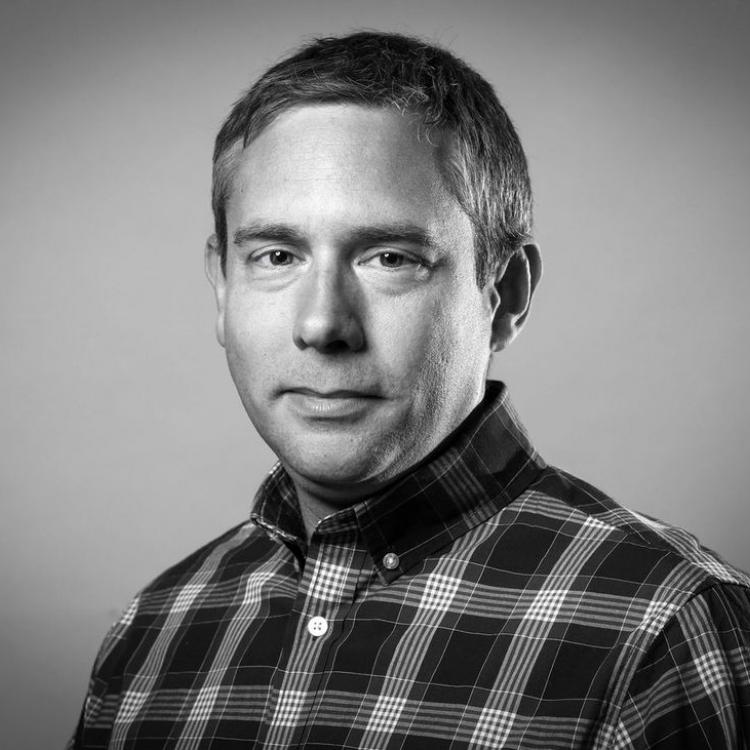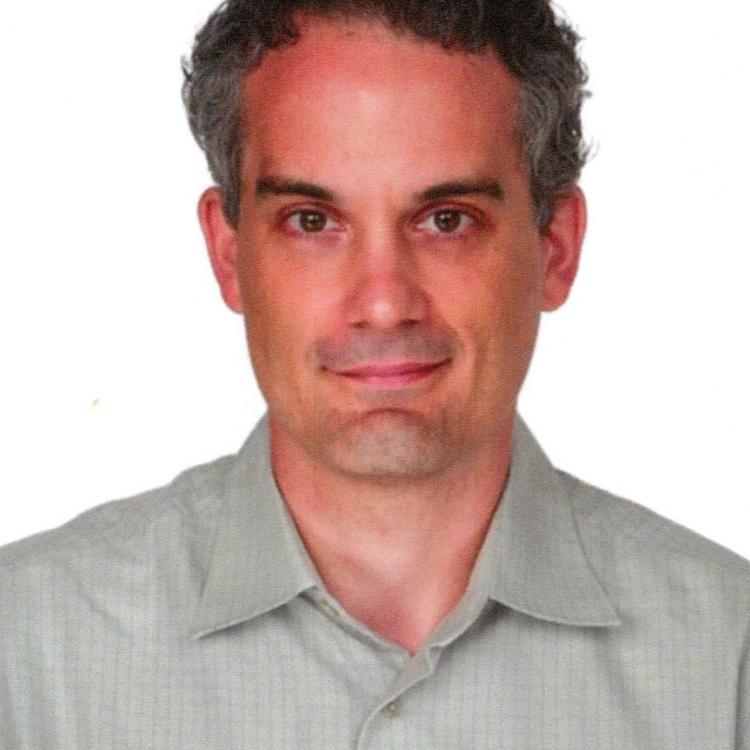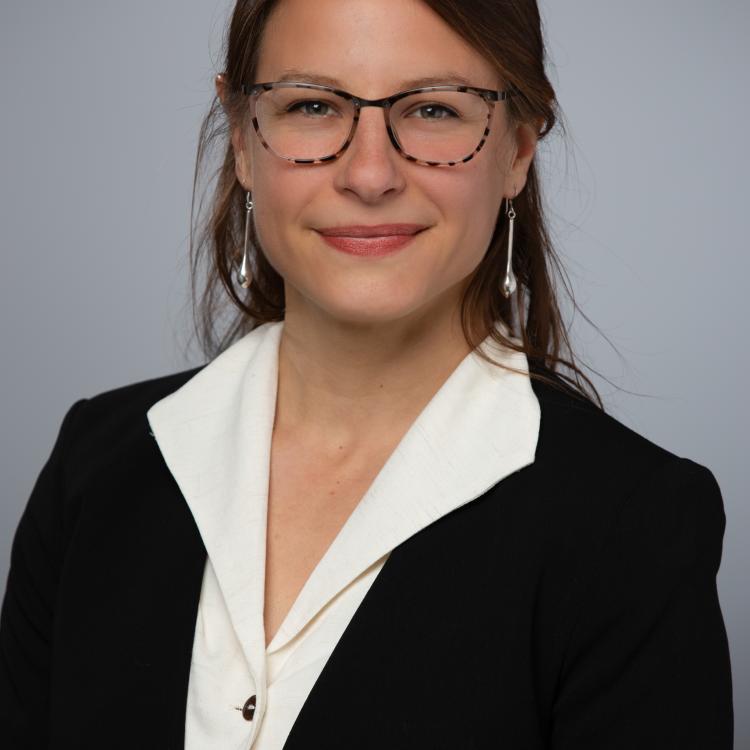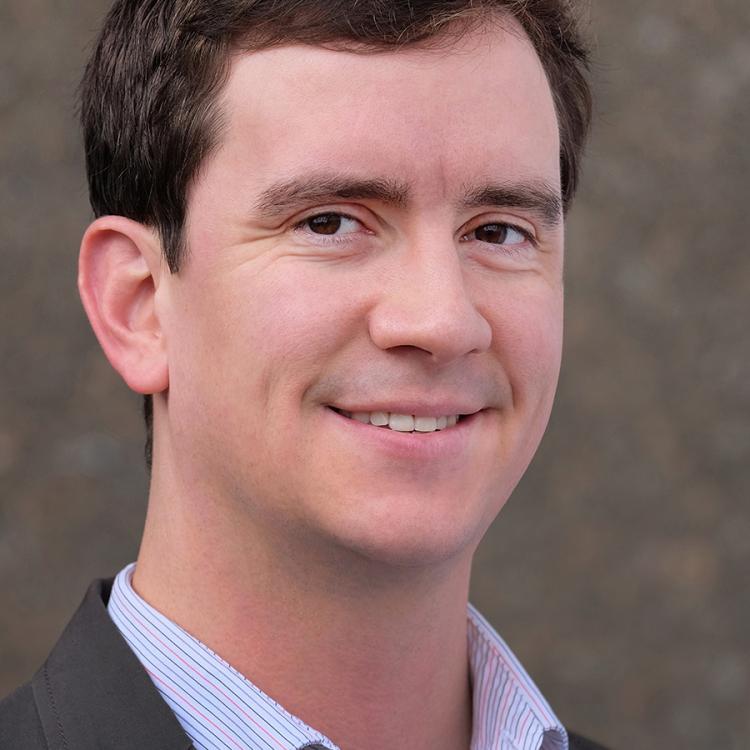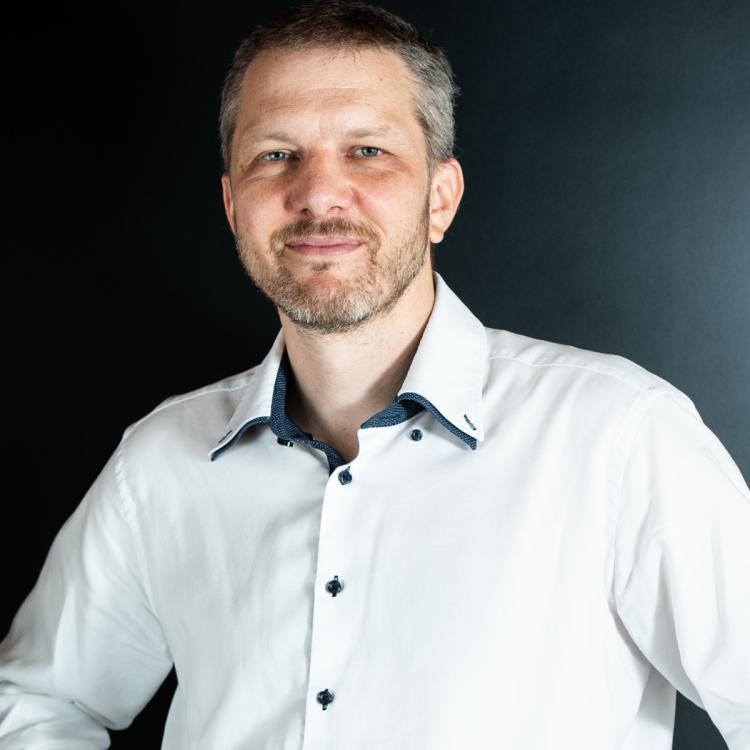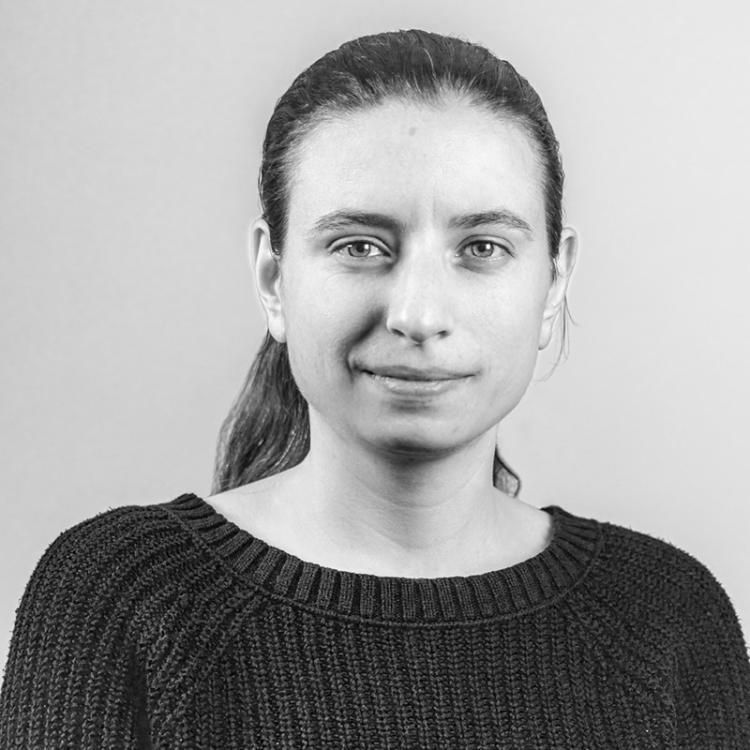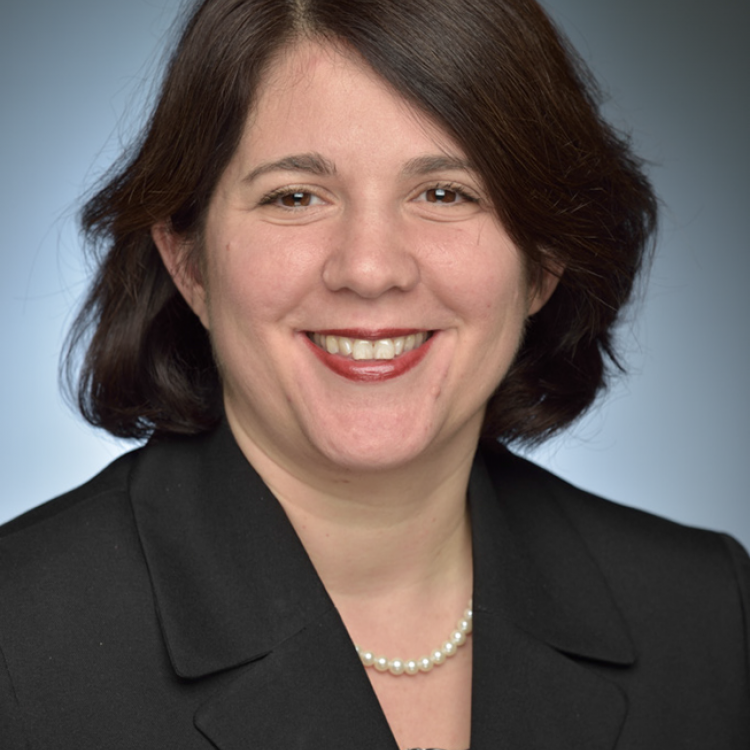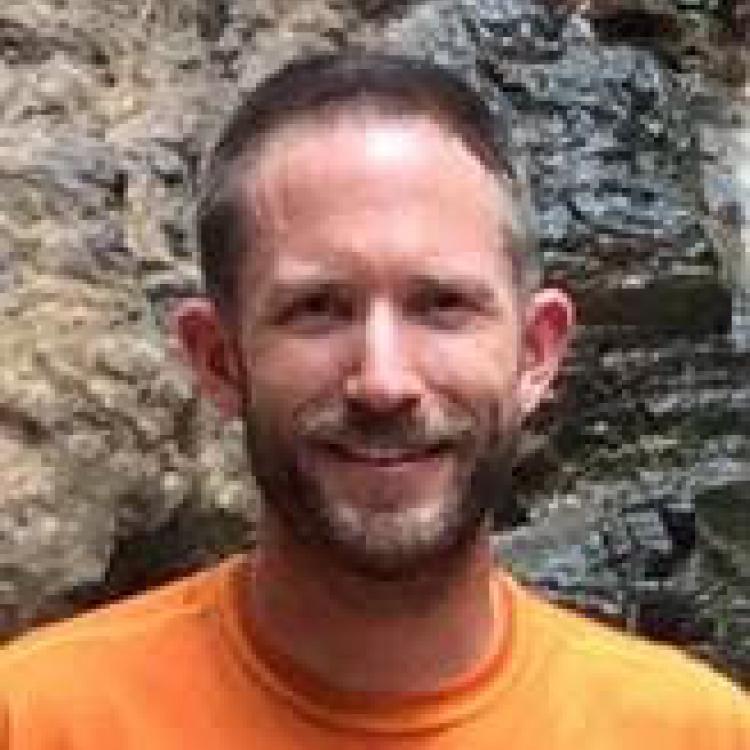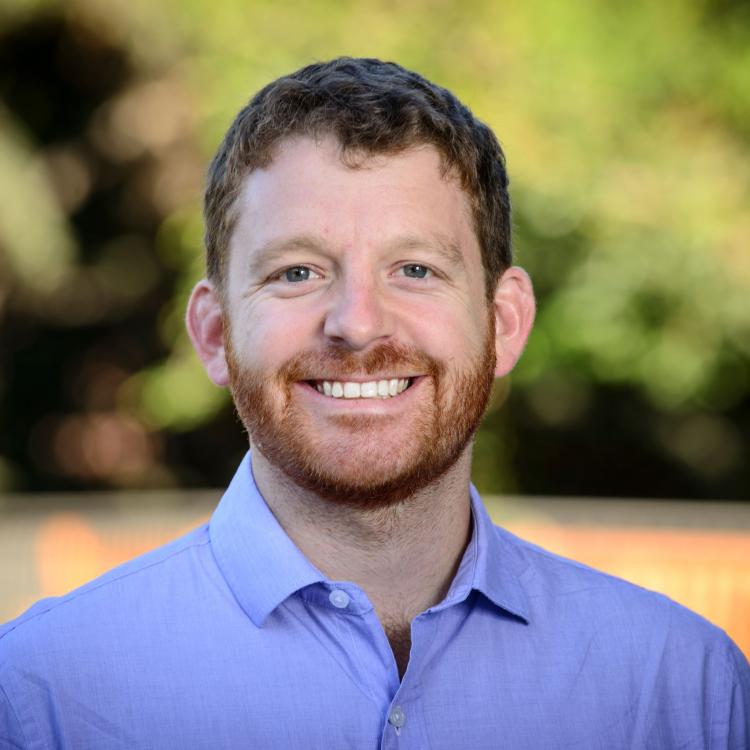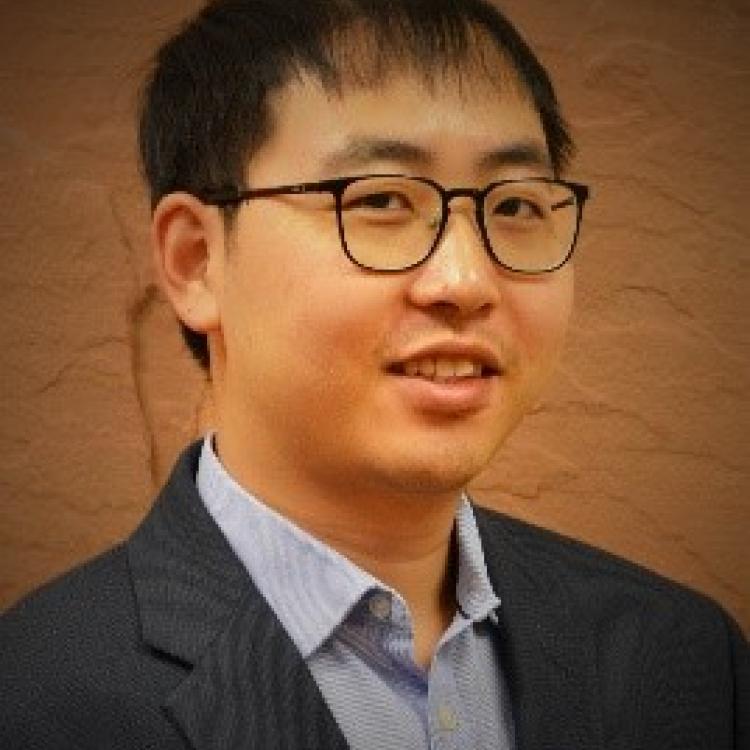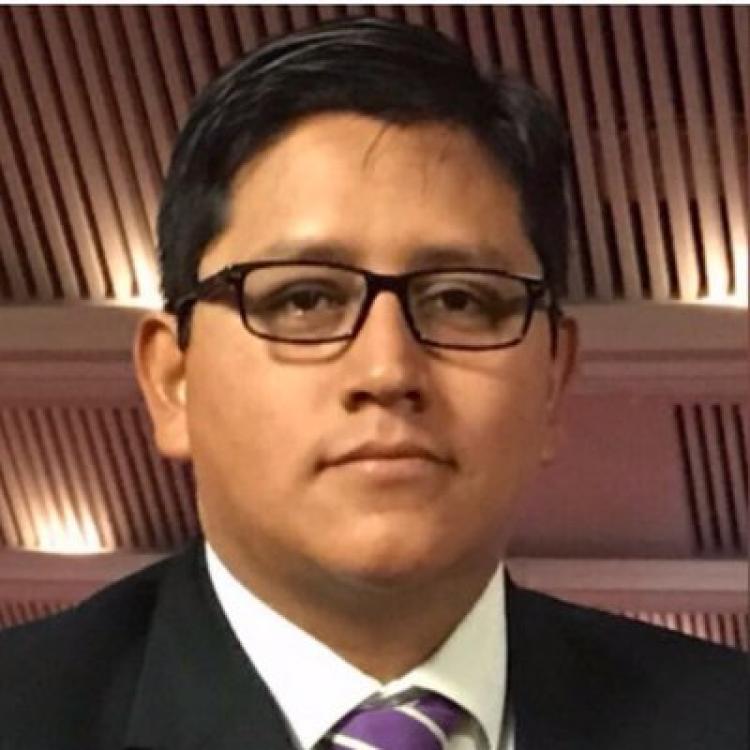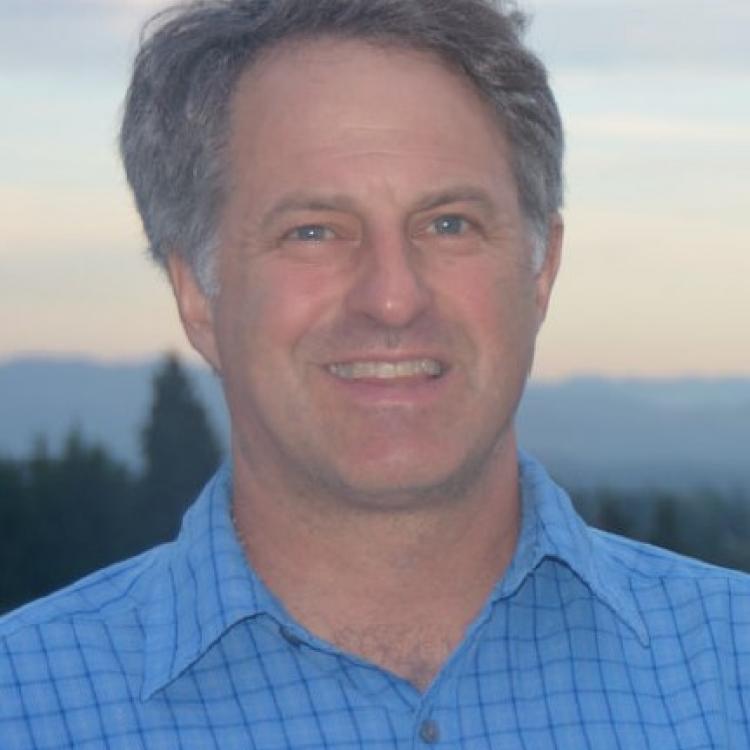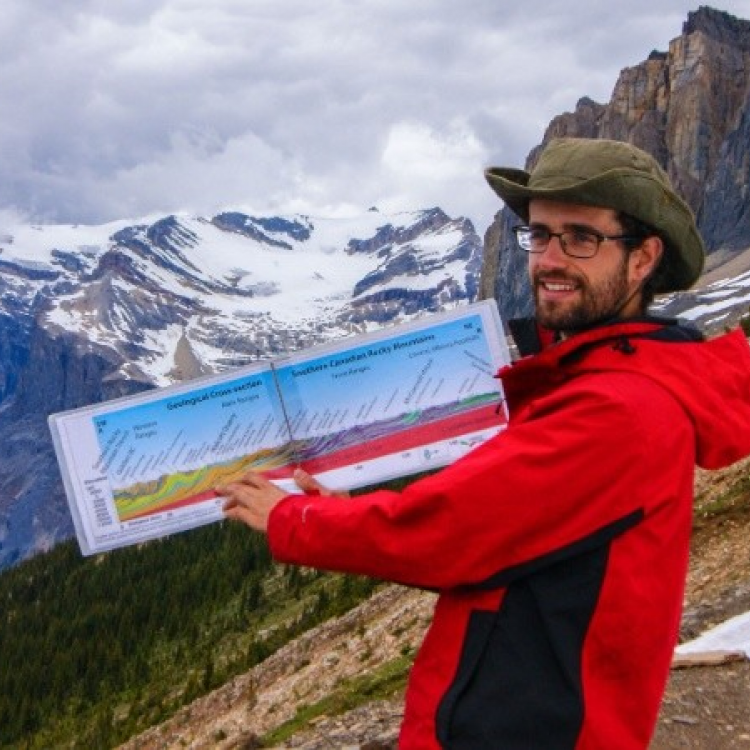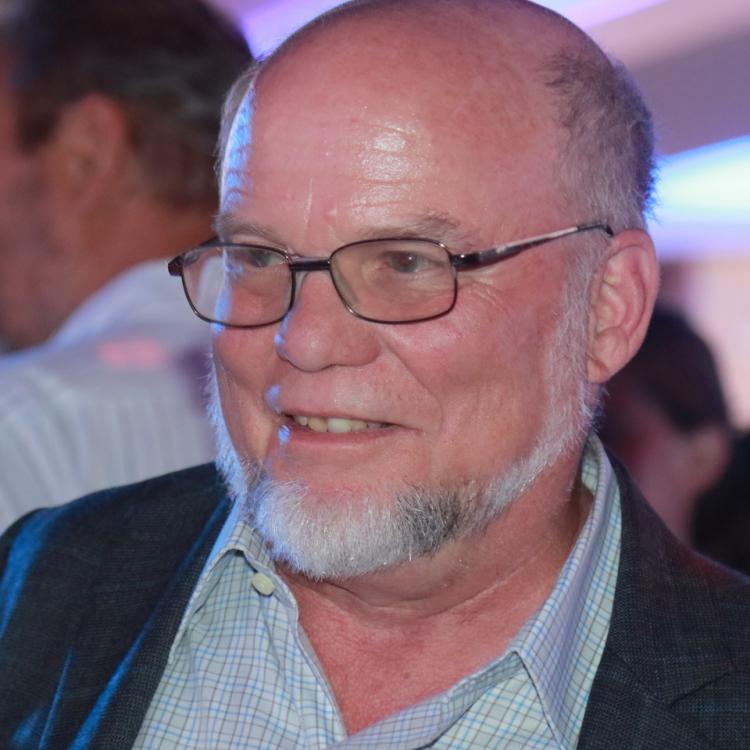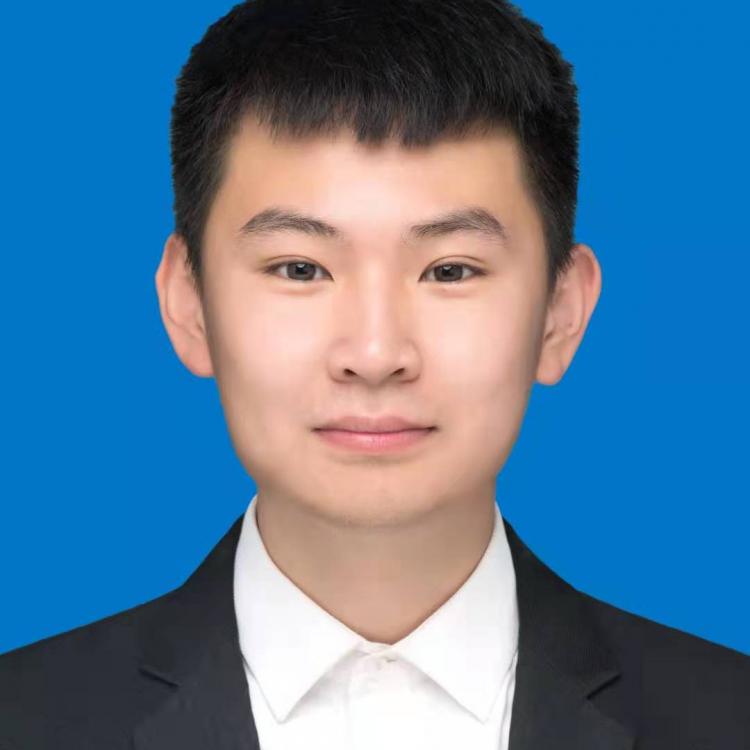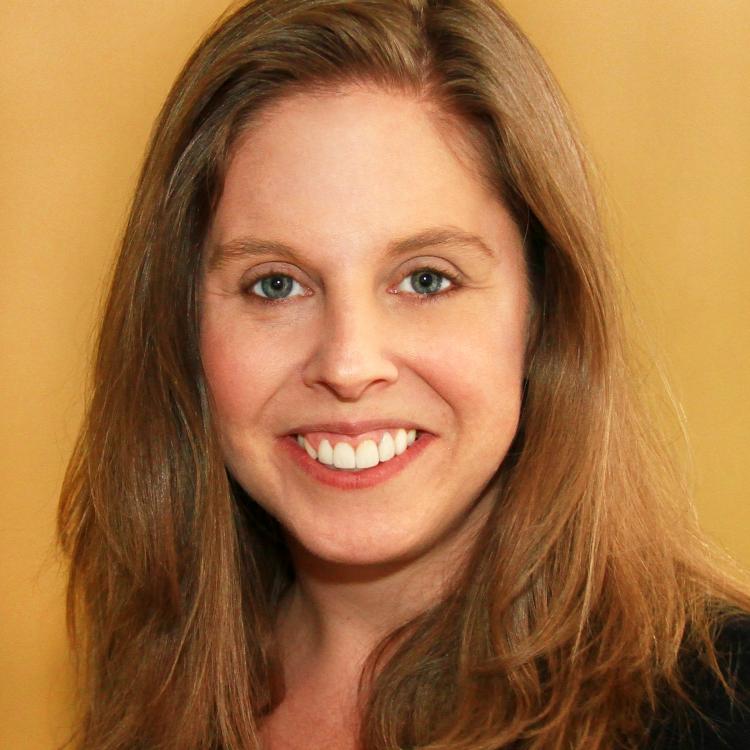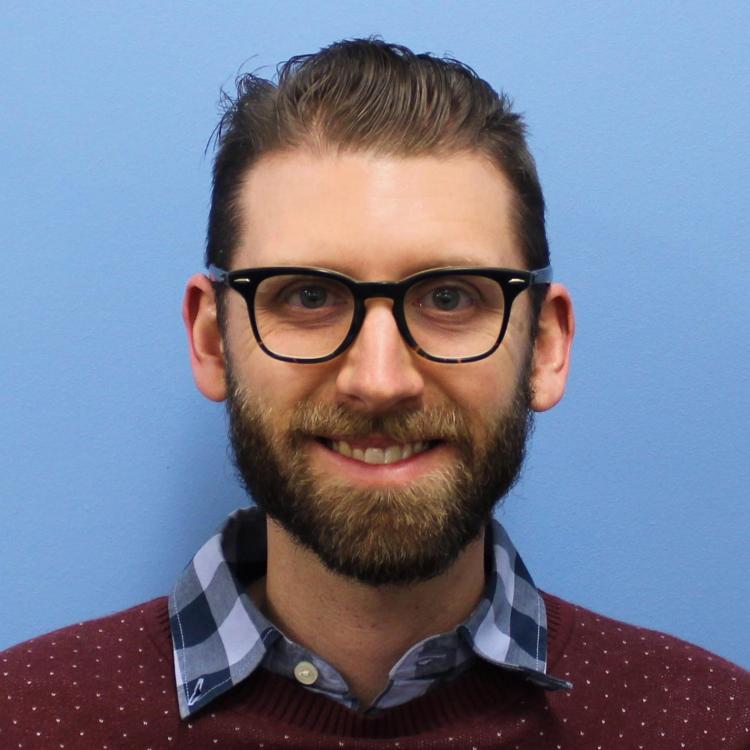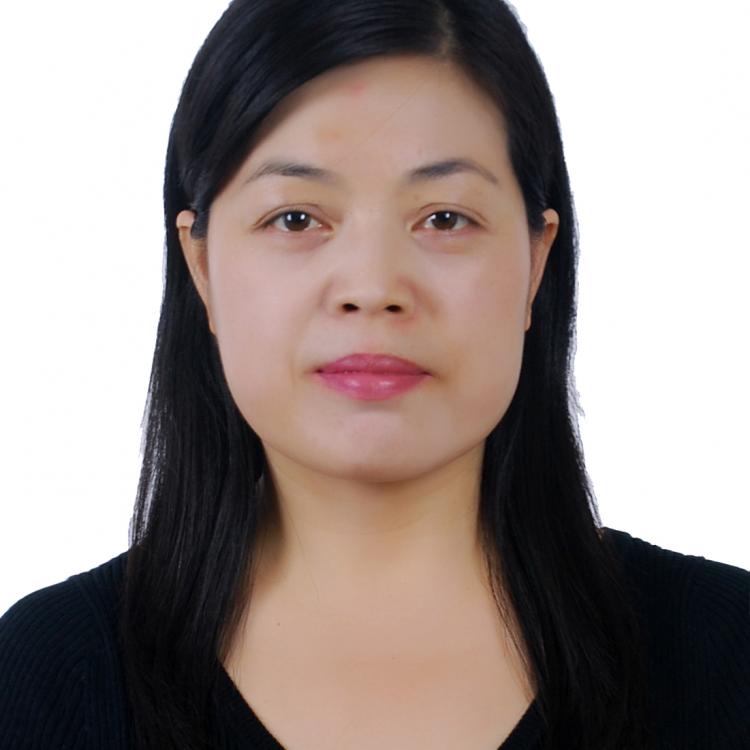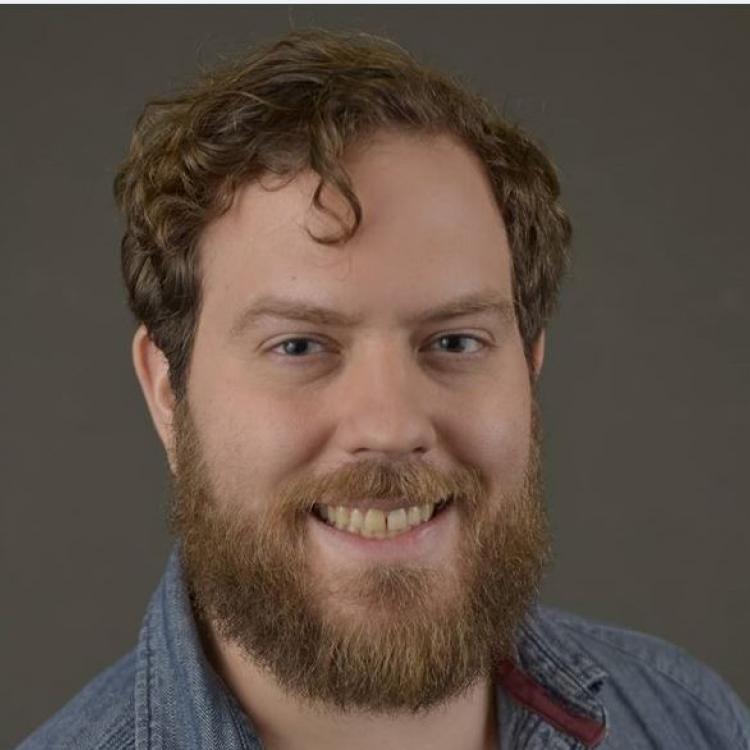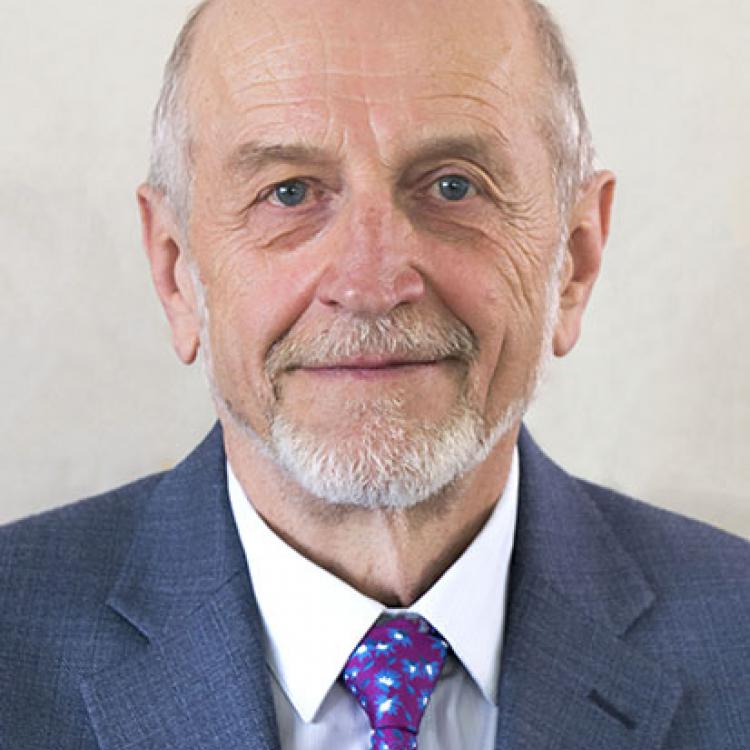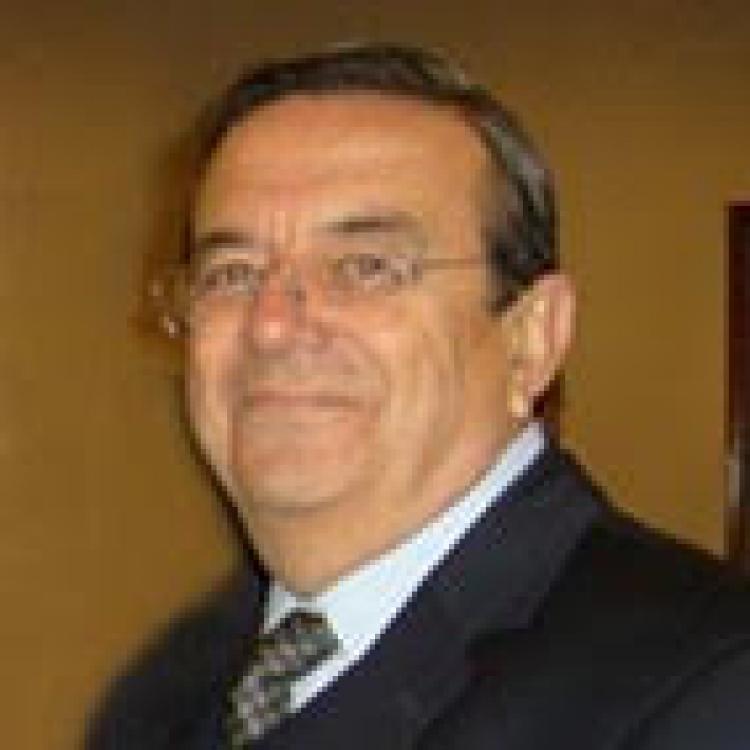Much of the focus surrounding geothermal energy resource utilization has been on high enthalpy resources for electrical power generation – these systems are typically restricted to regions with high heat flow. However, there exists a much more extensive set of geothermal resources that can be employed for purposes such as district heating and cooling and thermal energy storage. The vision of community-scale geothermal energy technologies is to identify and implement utilization of the subsurface to provide the community with sustainable energy and community resilience benefits. This includes the simultaneous utilization of multiple geothermal technologies that can operate in a synergistic manner and are vertically distributed below a given community. Our team of scientists and engineers at LBNL and UC Berkeley are developing a suite of modeling and analysis tools to help evaluate optimal utilization of the community-scale geothermal resources that lie beneath higher population density regions. We are currently conducting five distinct tasks related to furthering the utilization of these resources. Our first task is to develop a fully coupled thermal-hydrological-mechanical-chemical (THMC) model for a reservoir thermal energy storage concept developed by Bershaw et al. (2020) in Portland, OR, and to use this model to evaluate potential hazards such as induced seismicity, subsidence, and contamination of overlying aquifers. Task 2 focuses on comparing a newly developed analytical model for the utilization of direct geothermal resources with a fully coupled numerical model (Cinar et al., 2020). The computational efficiency of the analytical model could be useful in developing project scenarios that include multiple uses of the subsurface. Task 3 seeks to understand how above ground activities impact the shallow temperature distribution underneath a developed community and how this shallow system can be utilized with ground source heat pump (GSHP) technologies – we are using subsurface data obtained from the redevelopment of Treasure Island (CA) as a test case. Task 4 continues the theme of shallow subsurface resource utilization and focuses on coupling engineering models of building performance associated with a shallow district heating and cooling system to a coupled fluid flow and heat transport numerical model of the subsurface to provide more accurate assessment of how these resources could be utilized (Hu et al., 2020). Our fifth task is to develop a coupled process model of the Stockton University (NJ) reservoir thermal energy storage (RTES) project; developing an understanding of why this project didn’t perform as originally intended will help with the design of new systems. Taken together these tasks can lead to an improved understanding of community-scale subsurface utilization that would allow community planners and developers to consider geothermal technologies that could be developed in their community as part of a wider array of resilient and green energy options.
Date
Date and Time
October 22, 2020 12:00 PM (PDT)–01:00 PM (PDT)
Abstract
Speakers
Session Code
EPTH06P
Session Name
District Heating & Direct Use: Feasibility to Implementation
































